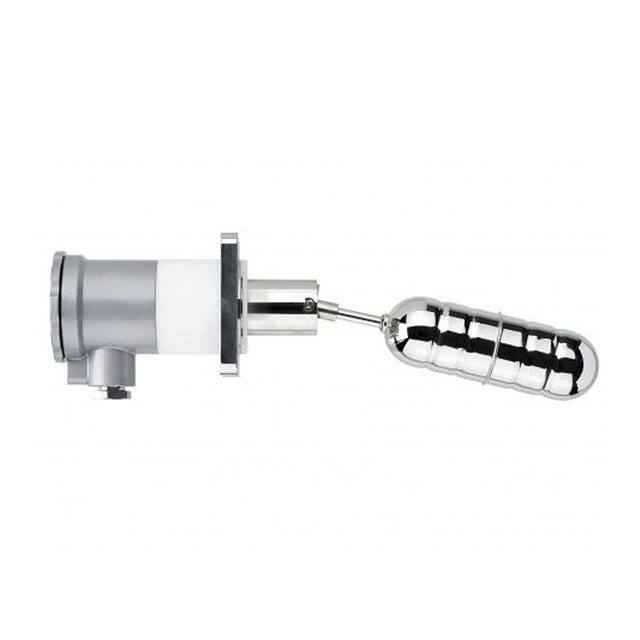Szczegóły produktu można znaleźć w specyfikacjach.

SH-7051RH Product Overview
Introduction
The SH-7051RH belongs to the category of integrated circuits and is commonly used in electronic devices for various applications. This article provides an overview of the product, including its basic information, specifications, pin configuration, functional features, advantages and disadvantages, working principles, application field plans, and alternative models.
Basic Information Overview
- Category: Integrated Circuit
- Use: Electronic Devices
- Characteristics: High performance, reliability, versatility
- Package: DIP (Dual Inline Package)
- Essence: Advanced semiconductor technology
- Packaging/Quantity: Typically packaged in tubes or trays, quantity varies based on manufacturer
Specifications
- Operating Voltage: 3.3V
- Operating Temperature: -40°C to 85°C
- Clock Speed: 100MHz
- Memory Size: 512KB Flash, 128KB RAM
- I/O Pins: 48
- Communication Interfaces: SPI, I2C, UART
Detailed Pin Configuration
The SH-7051RH has a total of 48 pins, each serving specific functions related to power supply, input/output, communication interfaces, and other functionalities. A detailed pin configuration diagram is provided by the manufacturer to illustrate the specific assignments and functions of each pin.
Functional Features
- High-Speed Processing: Capable of handling complex tasks at high clock speeds.
- Versatile I/O: Multiple communication interfaces for seamless integration with various peripherals.
- Low Power Consumption: Optimized for energy efficiency, suitable for battery-powered devices.
- Built-in Memory: On-chip flash memory and RAM for data storage and program execution.
Advantages and Disadvantages
Advantages
- High performance
- Versatile I/O options
- Low power consumption
- Integrated memory
Disadvantages
- Limited availability from certain suppliers
- Relatively higher cost compared to similar ICs
Working Principles
The SH-7051RH operates based on the principles of digital logic and semiconductor technology. It processes instructions and data stored in its memory, communicates with external devices through its I/O pins, and executes tasks as per the programmed algorithms.
Detailed Application Field Plans
The SH-7051RH finds extensive use in various applications such as: - Embedded Systems: Controlling and monitoring functions in industrial equipment. - Consumer Electronics: Powering smart home devices and IoT products. - Automotive Electronics: Managing engine control units and vehicle systems. - Medical Devices: Providing processing capabilities for diagnostic equipment.
Detailed and Complete Alternative Models
Several alternative models to the SH-7051RH are available in the market, offering similar or enhanced features. Some notable alternatives include: - SH-7052RH: Enhanced version with higher clock speed and expanded memory. - SH-7050RH: Lower-cost variant with reduced I/O options but suitable for simpler applications. - SH-7051RL: Low-power variant optimized for battery-operated devices.
In conclusion, the SH-7051RH is a versatile integrated circuit with high performance and reliability, suitable for a wide range of electronic applications. Its advanced features and functionality make it a preferred choice for designers and engineers seeking efficient solutions for their projects.
[Word Count: 498]
Wymień 10 typowych pytań i odpowiedzi związanych z zastosowaniem SH-7051RH w rozwiązaniach technicznych
What is SH-7051RH?
- SH-7051RH is a microcontroller unit (MCU) developed by Renesas Electronics Corporation, commonly used in automotive applications.
What are the key features of SH-7051RH?
- The SH-7051RH MCU features a high-performance 32-bit RISC CPU, on-chip flash memory, various communication interfaces, and analog peripherals suitable for automotive control systems.
How is SH-7051RH typically used in technical solutions?
- SH-7051RH is often used in automotive engine control units (ECUs), transmission control units (TCUs), and other vehicle control systems to manage engine performance, emissions, and overall vehicle operation.
What are the advantages of using SH-7051RH in automotive applications?
- The SH-7051RH offers high processing power, real-time performance, low power consumption, and robust peripheral integration, making it well-suited for demanding automotive environments.
Can SH-7051RH support communication protocols commonly used in automotive systems?
- Yes, SH-7051RH supports various communication protocols such as CAN (Controller Area Network), LIN (Local Interconnect Network), and UART (Universal Asynchronous Receiver-Transmitter).
Are there any development tools available for SH-7051RH?
- Renesas provides a comprehensive set of development tools including compilers, debuggers, and evaluation boards specifically designed for SH-7051RH MCU development.
What kind of automotive applications can benefit from using SH-7051RH?
- SH-7051RH is suitable for a wide range of automotive applications including electronic fuel injection, ignition control, automatic transmission control, and vehicle stability systems.
Is SH-7051RH compliant with automotive industry standards and regulations?
- Yes, SH-7051RH complies with relevant automotive industry standards such as ISO 26262 for functional safety and AEC-Q100 for automotive-grade integrated circuits.
How does SH-7051RH contribute to improving vehicle performance and efficiency?
- By providing precise control over critical vehicle functions, SH-7051RH helps optimize engine performance, reduce emissions, enhance fuel efficiency, and improve overall driving experience.
What support and documentation are available for engineers working with SH-7051RH?
- Renesas offers extensive technical documentation, application notes, and customer support to assist engineers in designing and implementing SH-7051RH-based solutions in automotive systems.

